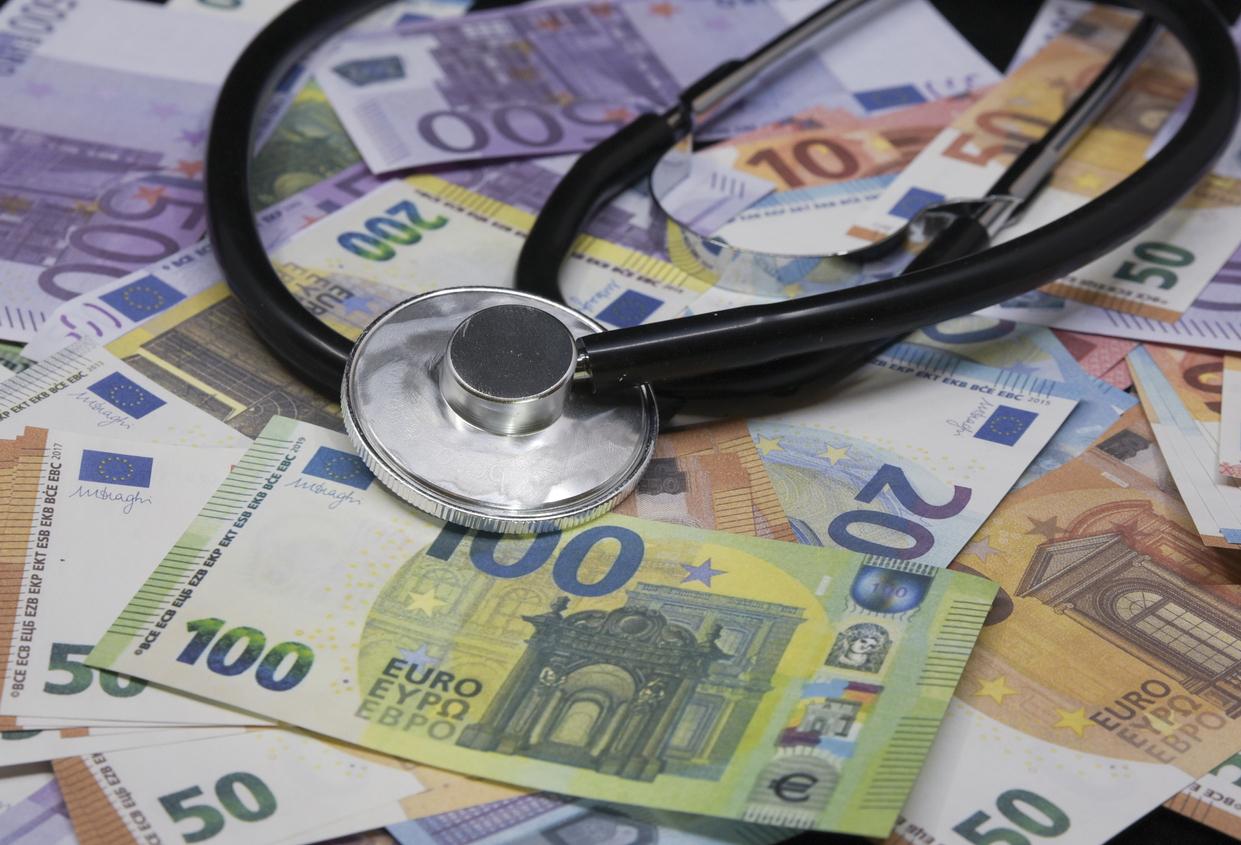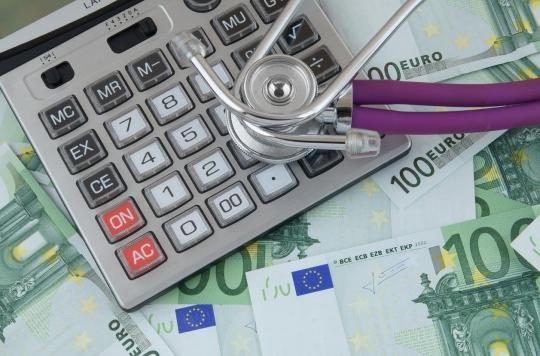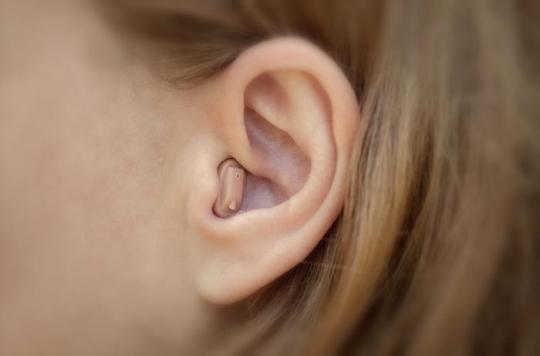Each French person spends an average of 2,843 euros per year on medical care, for a total amount of 186.7 billion in 2013.

In 2013, the consumption of healthcare and medical goods in France amounted to 190.6 billion euros, or nearly 2,900 euros per inhabitant. A slight increase (+ 2.5%) since 2013, according to a report from the Directorate of Research, Studies, Evaluation and Statistics (Drees), published on Tuesday.
The share of supplementary insurance is declining
This consumption represents 8.9% of the country’s GDP. It is 76.6% funded by health insurance. This share increased by 0.7 point between 2011 and 2014, “due to the dynamism of the expenditure it supports the most (hospital care, nursing care, medical transport, expensive drugs) and the continuous increase in the number of ‘policyholders exempt from user fees,’ note the authors of the report.
On the other hand, a new phenomenon broke out this year. It would thus seem that the share of complementary organizations is decreasing slightly, whereas it had not stopped increasing until 2012, to stabilize in 2013. This share represents 13.5% of expenditure in 2014, or 25%. 7 billion euros.
The remainder of the charge is stable
The remainder to be borne by households, for its part, increased from 2006 to 2008 (to then reach 9.3%). Since then, it has decreased: it stood at 8.5% of health spending in 2014, “down 0.2 point for the third year in a row”, observe the authors. It is estimated at 16.2 billion euros for the year 2014. “France is thus one of the OECD countries where the share of health expenditure financed by public funds is the most important and the rest dependent on the weakest households, ”welcomed the Ministry of Health in a press release.
In detail, nearly half of this expenditure is made in hospitals (86.7 billion, including 66.8 billion in the public), and their growth in value has remained at 2.6% for 3 years. Then come city care which represents more than a quarter of expenditure (+ 3%): 20.5 billion for doctors, 10.6 billion for dentists (+ 1.9% in value) linked in particular to overruns tariffs on prostheses.
The share of Social Security varies greatly from one item of expenditure to another, from a little less than a third for dental care to more than 90% for hospital care and medical transport. Hospital care is characterized by a particularly high share of Social Security in its funding: 91.1% in 2014. City care, on the other hand, is covered almost two-thirds by Social Security (63.9% in 2014). Between 2006 and 2011, this share fell by 0.7 point, under the effect in 2008 of the increased penalization of policyholders who do not comply with the care pathway and the establishment of deductibles on acts of medical auxiliaries. From 2012, the share of Social Security increased again within city care, driven in particular by remuneration based on public health objectives (ROSP). Complementary organizations financed 21.7% of city care in 2014 ”, explain the authors.
Only the consumption of drugs is down, for the second consecutive year (-1.3%). Lower prices, the arrival of generics for drugs that are widely consumed and the strengthening of the “third party payment against generics” measure explain this drop.
.















